What Is a Certified Public Accountant (CPA)?

Are you struggling to keep track of your small business’s finances? If so, perhaps it’s time to hire a professional accountant. They’ll take this burden off your shoulders, allowing you to focus on what really matters: developing a successful business. Not all accountants are the same, however. Some are classified as Certified Public Accountants (CPAs). So, what is a CPA exactly?
Overview of CPAs
A CPA is a professional accountant who’s passed the Uniform Certified Public Accountant Examination to become licensed in his or her respective state. Not all professional accountants are CPAs. Unless an accountant passes the exam — as well as meets his or her state’s other licensure requirement — he or she isn’t a CPA.
CPAs can work for either themselves or for part of a larger accounting firm. A CPA who operates as a sole proprietorship works for his or herself. In comparison, other CPAs work for a large firm consisting of dozens or even hundreds of CPAs.
To say there are a lot of CPAs in the United States would be an understatement. Statistics show that are currently over 664,000 licensed CPAs, according to the National Association of State Boards Accountancy (NASBA).
Requirements for Becoming a CPA
To become a CPA, professional accountants must take and pass a thorough exam that tests their knowledge of accounting practices. Known as the Uniform Certified Public Accountant Examination, it’s available for accountants throughout the country.
With that said, the exam is regulated by each state. Some states use the 150 rule, which states that accountants must complete an additional year of education beyond a four-year or master’s degree, whereas other states have slightly less-stringent requirements for taking the Uniform Certified Public Accountant Examination.
The Benefits of Hiring a CPA
By hiring a CPA, you can rest assured knowing that your small business’s finances are being handled by a skilled and trained professional accountant. As you may know, otherwise small accounting mistakes can cost your small business big bucks. With a CPA, however, your small business will have accurate and clean financial records.
Furthermore, a CPA can represent your small business if it’s audited by the Internal Revenue Service (IRS). Only CPAs are given the authority to represent their clients during an IRS audit. Non-CPA accountants can not offer representation during an IRS audit.
Have anything else that you’d like to add? Let us know in the comments section below!
Top 5 Accounting Myths You Shouldn’t Believe

As a business owner, you shouldn’t believe everything you hear or read about accounting. While there’s plenty of information out there on the topic of accounting, not all of it is accurate. Unfortunately, this often leads business owners down the wrong path, resulting in a poor accounting strategy. To keep your business’s financial records in order, you shouldn’t believe the five following accounting myths.
#1) Accounting Requires Excellent Math Skills
While knowledge of math can certainly help, it isn’t a prerequisite for accounting. Most accounting software, for example, will perform math calculations automatically. You enter your business’s transactions, after which the accounting software will add them up. By eliminating the need for manual math calculations, accounting software reduces the risk of errors to promote cleaner financial records.
#2) Accounting Consists Strictly of Taxes
While calculating and preparing tax returns is an important step, accounting consists of more than just taxes. In the most basic sense, accounting is the act of recording all financial transaction. Whether it’s a credit or debit, all financial transactions processed by your business should be recorded. With that said, the creation of these financial records can certainly make tax preparation easier. But that doesn’t mean accounting is only related to your business’s taxes.
#3) You Must Hire a Professional Accountant
Contrary to popular belief, you don’t always need to hire a professional accountant to handle your business’s financial accounting needs. Assuming you run a small business that handles a low volume of sales, you can probably do it yourself.
#4) Accounting Isn’t Important
This statement couldn’t be further from the truth. According to the U.S. Small Business Administration (SBA), roughly half of all small businesses fail in their first five years. While small businesses can fail for any number of reasons, poor accounting consistently ranks at the top of the list. If you don’t invest enough time or resources into accounting, your small business may struggle to keep up with its competitors.
#5) All Accounting Software Is the Same
Don’t assume that all accounting software is made equal. There are dozens of types of accounting software, some of which are installed and accessed locally on a computer or device, whereas others are accessed over the internet via a Product-as-a-Service (PaaS) model. Quickbooks Desktop, for instance, is installed locally on a computer, whereas Quickbooks Online is available as cloud-based PaaS software.
Have anything else that you’d like to add? Let us know in the comments section below!
How to Switch Between Cash and Accrual Basis in Quickbooks

When setting up Quickbooks for your business, you’ll need to choose one of the two supported accounting methods. Intuit’s popular accounting software offers cash basis and accrual basis accounting. To learn more about these two different accounting methods, as well as how to switch between them in Quickbooks, keep reading.
What Is Cash Basis Accounting?
Cash basis accounting is an accounting method in which you record cash income and expenses at the time you receive them. Also known as the cash method of accounting, it involves recording cash payments when your business receives them and cash expenses when your business pays them.
The primary benefit of cash basis accounting is its simplicity. When compared to accrual basis accounting, cash basis accounting is easier, making it a popular choice among small businesses. With cash basis accounting, you record all cash income when you receive payment and all cash expenses when you make the cash payment.
What Is Accrual Basis Accounting?
Accrual basis accounting, on the other hand, is an accounting method in which you record income and expenses when your business earns them. A landscaping company, for example, may record income after completing a landscaping project for a customer — even if the customer paid several ways prior to the project’s completion.
While cash basis accounting is more popular among small businesses, many medium and large businesses prefer accrual basis accounting. Since it doesn’t recognize income or expense until they are earned, it’s a more accurate way to record financial transactions.
How to Switch Between Cash and Accrual Basis Accounting in Quickbooks
You can easily switch between cash basis and accrual basis accounting in Quickbooks. To do so, open your company file as the administrator while in single-user mode. Next, click the “Edit” menu, followed by “Preferences.” You can then choose “Reports & Graphs,” followed by “Company Preferences.” To switch from cash basis to accrual basis accounting, click “Accrual” under the “Summary Basis” menu. To switch from accrual basis to cash basis accounting, click “Cash” under this menu. When finished, click “OK” to complete the process and save your changes.
Keep in mind that your preferred accounting method can affect the way in which Quickbooks calculates your business’s sales tax. With accrual basis accounting, Quickbooks will calculate your business’s sales tax at the same time when you invoice a customer. With cash basis accounting, Quickbooks will calculate your business’s sales when you receive payment from a customer.
Have anything else that you’d like to share? Let us know in the comments section below!
What Are The Generally Accepted Accounting Principles (GAAP)?

Are you familiar with the Generally Accepted Accounting Principles (GAAP)? Most business owners have at least heard of this term, but few knew its true meaning. Whether you run a small, medium or large business, though, it’s important to familiarize yourself with GAAP. Doing so will help you create cleaner records of your business’s financial transaction while subsequently driving your business’s future growth and success.
GAAP Explained
GAAP refers to a set of accounting standards used by businesses, nonprofits, government institutions and other organizations. They were created by the Financial Accounting Standards Board (FASB) as well as the Governmental Accounting Standards Board (GASB) for the purpose of standardizing financial accounting.
The purpose of GAAP is to assist businesses and other organizations with their accounting activities. Rather than using their own custom-made accounting processes, for example, businesses can use the processes defined in GAAP.
What Are GAAP Principles?
While GAAP covers a wide range of topics associated with financial accounting, it focuses primarily on accounting principles. The principle of consistency, for example, states that business owners and accountants should use the same methods for their accounting activities. In other words, you shouldn’t use different methods of accounting for the same process. The principle of consistency requires you to use the same method.
The principle of non-compensation, on the other hand, states that positive and negative transactions should be recorded. Whether it’s a credit or debit, all transactions should be recorded in your business’s general ledger. Other common GAAP principles include the principle of continuity, the principle of periodicity, the principle of sincerity and the principle of prudence.
Benefits of Using GAAP
There’s no rule, written or unwritten, stating that you must use GAAP for your business’s financial accounting activities. With that said, following the GAAP principles is beneficial for several reasons. First and foremost, it allows for faster and more efficient accounting. After all, GAAP principles were developed by some of the leading accounting institutions, so it’s safe to assume they are effective.
Second, GAAP allows for greater transparency to ensure that no financial transaction goes unnoticed. As a business owner, you probably know the importance of recording each and every transaction. Mistakes are bound to happen, though. If you don’t use GAAP, you could miss a critical transaction that ultimately costs your business money.
Have anything else that you’d like to add? Let us know in the comments section below!
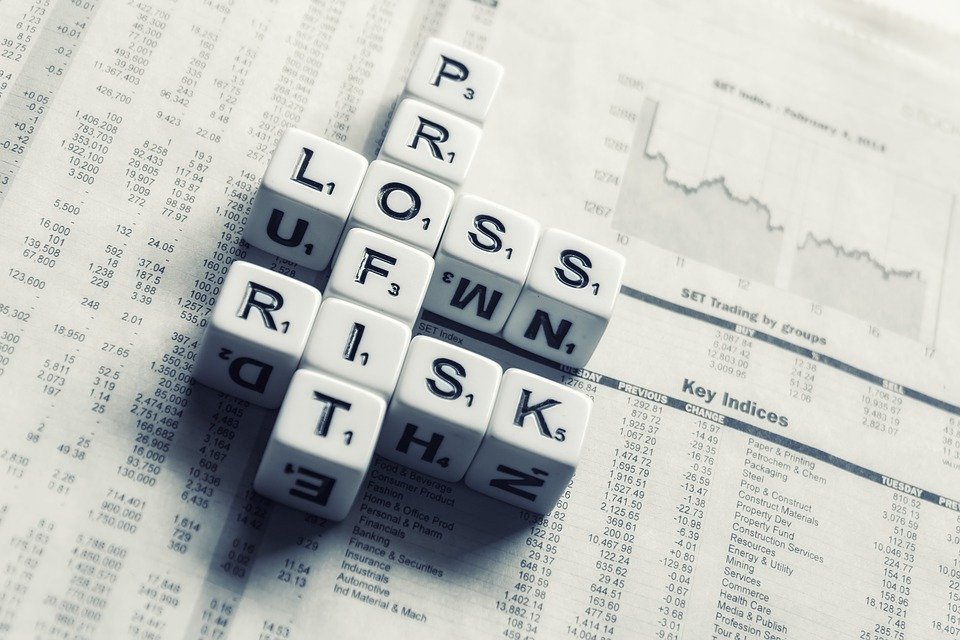
Gross Profit: What You Need to Know

Gross profit is a performance metric used in financial accounting that provides insight into a business’s profitability. From small family-owned businesses to Fortune 500 companies, all businesses should calculate their gross profit. Doing so can help entrepreneurs and business owners optimize their operations for higher profits. In this post, you’ll learn more about gross profit, including what it means and how it’s calculated.
What Is Gross Profit?
Also known as gross income, gross profit refers to the profit generated by a business during a specific time frame. In other words, it’s the revenue a business generates minus certain expenses. Gross profit specifically takes into account the business’s cost of goods sold (COGS) during the given time frame.
How to Calculate Gross Profit
As a business owner, you can calculate your organization’s gross profit by subtracting COGS from your revenue. If you want to calculate your business’s gross profit from 2018, for example, take your business’s total revenue from 2018 and subtract it by your business’s COGS.
COGS includes all variable expenses that can either increase or decrease depending on your business’s operations. If an expense is directly associated with your business’s operations — and it can fluctuate depending on your business’s level of output — it’s considered a variable expense and, thus, used in the gross profit formula. Common examples of variable expenses classified as COGS include the following:
- Labor
- Credit card transaction fees
- Shipping
- Packaging supplies
- Sales commissions
- Inventory
- Materials
- Equipment
- Utilities
Let’s say your business generated $1 million in revenue in 2018 and its COGS for that year was $200,000. Using the aforementioned formula, your business’s gross profit for 2018 would be $800,000. You subtract $200,000, which is your business’s COGS, from $1 million, which is your business’s revenue, resulting in a 2018 gross profit of $800,000. As you can see, calculating gross profit is relatively simple and straightforward. If you know your business’s revenue and COGS, you can calculate its gross profit.
Gross Profit vs Net Profit: What’s the Difference?
Gross profit is often confused with net profit, but they aren’t necessarily the same. Net profit is calculated by taking your business’s revenue and subtracting it by all your business’s expenses, whereas gross profit is calculated by taking your business’s revenue and subtracting it by your business’s COGS. Regardless of the market or industry in which your business operates, it will probably incur expenses besides COGS. Net profit takes into account all your business’s expenses, whereas gross profit only takes into account your business’s COGS.
Have anything else that you’d like to add? Let us know in the comments section below!

Fixed Assets vs Current Assets: What’s the Difference?

The terms “fixed asset” and “current asset” are often used interchangeably in financial accounting. While they both refer to resources owned by a business, though, they aren’t the same. Fixed assets are different than current assets, and it’s important to familiarize yourself with their nuances. Only then can you properly record your business’s finances.
What Is a Current Asset?
A current asset is a resource owned by your business that you intend to convert into cash or spend within 12 months. Inventory, for example, is typically considered a current asset. If you operate a retail store, your business probably owns inventory that it plans to sell within 12 months.
Cash is another example of a current asset. Most businesses don’t hold onto their cash. Rather, they invest it back into their business’s operations by purchasing relevant products and services. Regardless, the defining characteristic of a current asset is that it’s spent or converted into cash within 12 months.
Current assets are considered critically important to a business’s operations. Without them, you won’t have the means of funding your business and purchasing necessary products or services. Therefore, you should closely track your business’s current assets so that you’ll have a better understanding of its financial health.
What Is a Fixed Asset?
A fixed asset, on the other hand, is a resource owned by your business that you do not intend to sell or otherwise convert into cash in a short period of time.
Fixed assets differ from current assets in the sense that they can’t be easily converted into cash in a short period of time. Real property, for example, is considered a fixed asset. It’s a resource that’s essential to a business’s operations, yet it’s also something that can’t be easily converted into cash.
There are both tangible and intangible fixed assets. As you may have guessed, real property is a tangible asset because it’s something that you can see and touch. Trademarks and other forms of intellectual property are considered intangible assets because you can’t see or touch them.
It’s also worth noting that fixed assets depreciate over time, whereas current assets generally retain their value. The depreciation of fixed assets is recorded in journal entries by debiting the appropriate depreciation expense account. The good news is that asset depreciation is tax deductible — but only if you record it properly.
Have anything else that you’d like to add? Let us know in the comments section below!

What Is a Provision in Accounting?

The term “provision” is used extensively in financial accounting activities. Business owners, for example, often use provisions to better predict their future profits. To effectively use provisions, though, you must first familiarize yourself with this term and what it means.
Overview of Provisions
In accounting, a provision is a record of a probable liability in the future. If you believe your business will owe money in the future, you can record it as a provision. At the same time, you can go ahead and set aside money to cover the liability if it occurs.
Like conventional liabilities, provisions are recorded on a balance sheet. They are placed alongside other liabilities and assets, allowing businesses to better forecast their future profits.
You can think of a provision as a liability in which neither the amount nor due date are certain.
Provisions can be defined by the following characteristics:
- Financial obligation from a previous sale or transaction
- Probability that the business will owe money for the sale or transaction at a future date
- The business can make a reliable estimate regarding the amount of the future liability
- The business accepts the financial obligation to cover the future liability
The Purpose of Provisions
The reason business owners use provisions is to predict their future prospects with greater accuracy. Without provisions, business owners may overlook future liabilities if they don’t know the details about those liabilities. And if they don’t record these future liabilities on their balance sheet, business owners could be hit with unforeseen expenses that hurts their ability to grow their organization. Provisions allow business owners to keep a detailed record of all their liabilities, including probable future liabilities.
Provision vs Accrued Expense: What’s the Difference?
Some business owners assume that provisions are the same as accrued expenses, but this isn’t necessarily true. Accrued expenses are expenses that a business has incurred but hasn’t paid, whereas provisions are probable liabilities in the future. Therefore, the difference between these two accounting terms is that accrued expenses have already been incurred, while provisions have not been incurred.
To recap, a provision is a probable future liability that’s recorded on a business’s balance sheet. It’s used to better predict a business’s financial health by ensuring that uncertain liabilities are accounted for. Hopefully, this gives you a better idea of provisions and how they are used.
Have anything else that you’d like to add? Let us know in the comments section below!
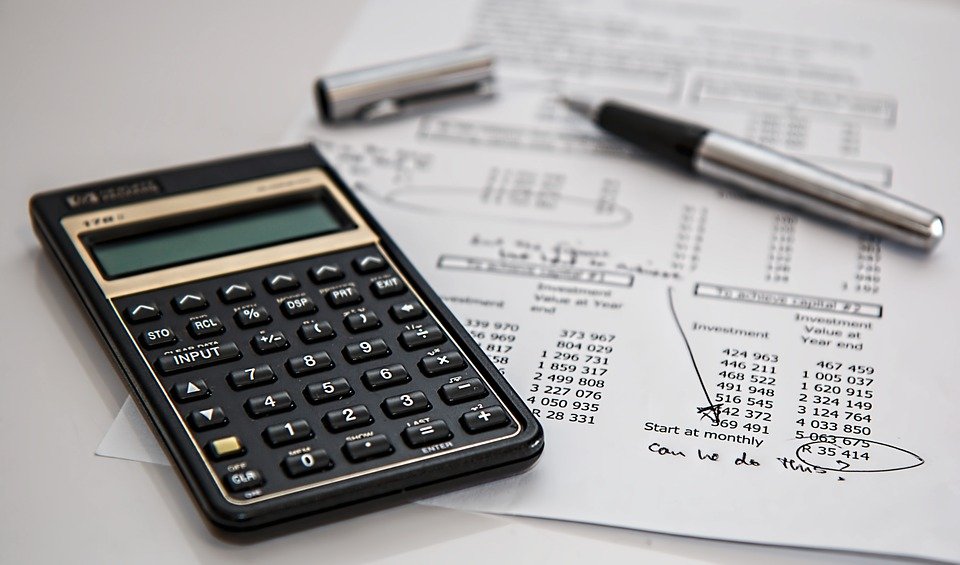
The Beginner’s Guide to Accounting Reconciliations
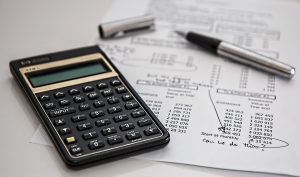
It’s not uncommon for business owners and professional accountants to make mistakes when recording financial transactions. Mistakes are bound to happen, but when they involve finances, it can have catastrophic results for the respective business. Entering a lower amount for a credit, for example, will lower the business’s income — at least on paper. While there’s no way to completely avoid mistakes when recording your business’s financial transactions, reconciliation will allow you to fix them in a timely manner, thereby mitigating the damage they cause.
What Is Reconciliation?
In accounting, reconciliation refers to a transaction-checking process in which you compare two sets of records to ensure they match. In other words, when you reconcile a transaction, you check it against two sets of records. A common example of reconciliation is checking your checkbook at the end of the month against a bank statement. As you go through the transactions recorded in your checkbook, you should check the respective bank account statement to ensure they are all the same.
Why Should I Reconcile My Business’s Financial Transactions?
Reconciliation is important because it allows you to identify accounting mistakes. Even if you use extreme caution when recording your business’s financial transactions, you’re bound to make a mistake sooner or later. Rather than allowing these mistakes to go unnoticed, you can reconcile your financial transactions. Cross-checking the transactions with another set of records allows you to see exactly which ones are wrong, and if you discover any inaccurate or incorrect transactions in your business’s books, you can fix them.
How to Perform Reconciliations
If you use the Quickbooks accounting software, you can easily perform reconciliations in just a few steps. In Quickbooks Desktop, click the “Banking” menu and choose “Reconcile.” Next, click the drop-down menu for “Account” and select the account you wish to reconcile. You will then need to enter the ending date for the statement.
On the next screen, compare the opening balance listed on the statement with the amount displayed in the “Beginning Balance” field. When finished, choose the option for “Continue to open the Reconcile.”
Quickbooks will then proceed with the reconciliation process. During this process, the difference for your transactions should be zero. If an amount other than zero is displayed, the entry is wrong and, thus, you should make a note of the difference.
Have anything else that you’d like to add? Let us know in the comments section below!
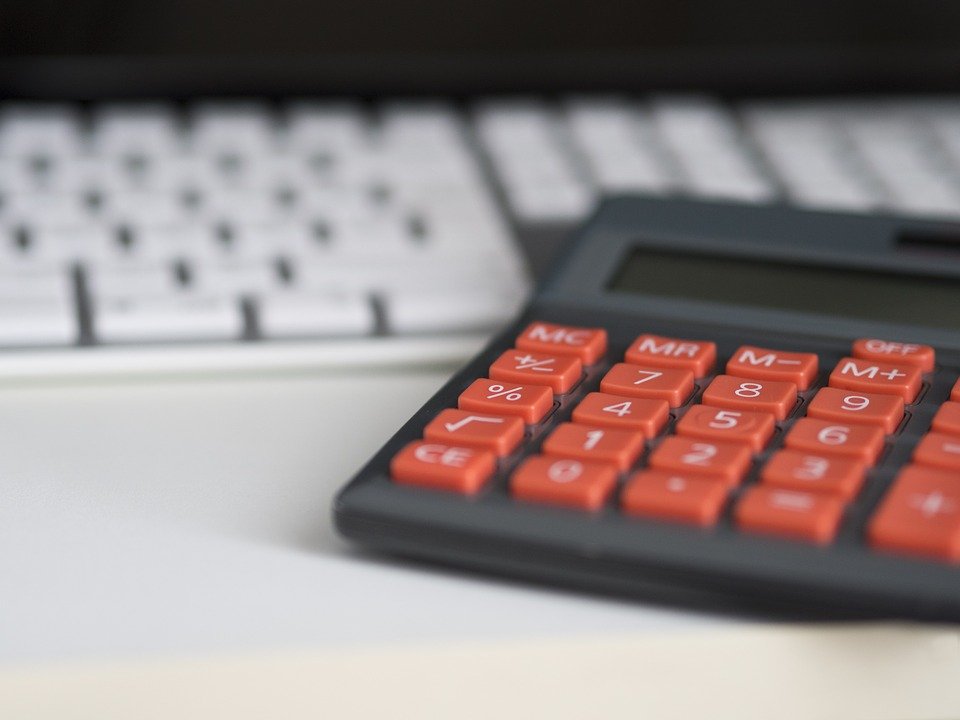
What Is a Balance Sheet in Accounting?

A balance sheet is an essential tool used in business accounting. Also known as a statement of financial position, it offers an overview of a business’s financial balances. From sole proprietorships to Fortune 500 companies, all businesses can benefit from creating balance sheets. To take advantage of this accounting tool for your business, though, you must first understand the basics of a balance sheet and what it entitles.
Overview of Balance Sheets
A balance sheet is an accounting document that reflects your business’s net worth at a specific time. It consists of your business’s assets, liabilities and owner’s equity. A balance sheet expresses how much your business is worth, in terms of equity for the specified period. If you’re trying to calculate your business’s worth for the previous year, for example, you would take all your business’s assets from the previous year and subtract that number by all its liabilities for the previous year, resulting in your business’s total equity for that year.
Why should you create a balance sheet exactly? Well, there are other ways to calculate your business’s worth, but using the formula associated with balance sheets offers one of the most accurate ways to measure its worth. Furthermore, balance sheets are relatively simple, consisting of just a few financial metrics. By creating balance sheets on a regular basis, you’ll have a better understanding of your business’s financial health.
Balance Sheet: Assets vs Liabilities
When creating a balance sheet, you’ll need to separate your business’s assets from its liabilities for the specified time period. Assets, of course, consists of items such as cash, inventory, accounts receivables, prepaid expense, accrued revenue, equipment, property, goodwill and investments. In comparison, liabilities consist of items such as accounts payable, deferred tax and interest on loans. For an accurate and effective balance sheet, you must calculate all your business’s assets and liabilities for the given time period.
How to Create a Balance Sheet Report
Assuming you use Quickbooks to keep track of your business’s financial transactions, you can easily create a balance sheet in just a few clicks. While logged in to your Quickbooks account, click the “Reports” tab on the main menu, followed by “Balance Sheet.” You can also see a higher level summary of your business’s balance sheet by choosing the “Balance Sheet Summary” report instead of “Balance Sheet.”
Have anything else that you’d like to add? Let us know in the comments section below!
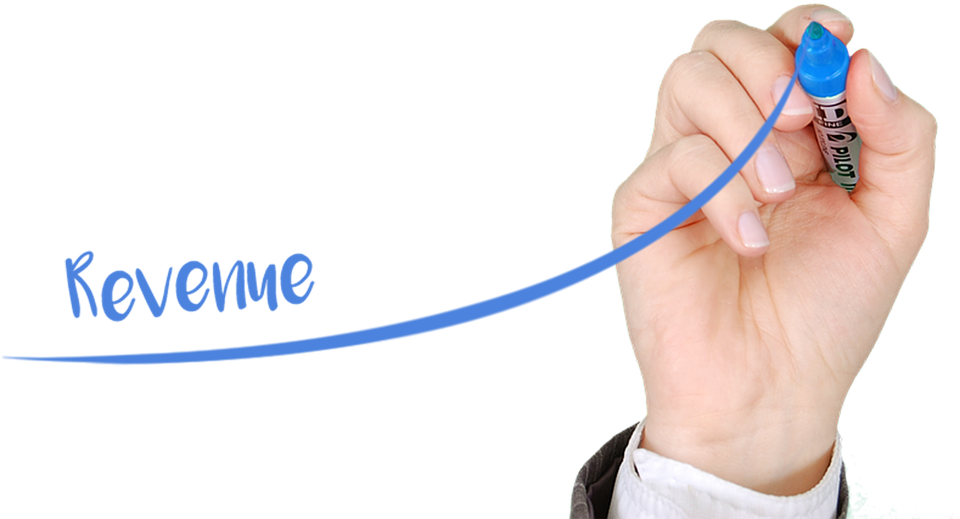
What Is Gross Margin in Accounting?

Keeping track of your business’s gross margins is essential to its long-term success. It reflects your business’s profit potential, so the higher your gross margin, the more profit you generate per sale. As a business owner, though, you might be wondering why exactly gross margin is important as well as how to calculate it.
A General Overview of Gross Margin
The term “gross margin” refers to your business’s net sales minus your business’s cost of goods sold (COGS) and divided by your business’s total revenue. In other words, it’s a measurement of how much profit your business generates. The key difference between gross margin and profit margin is that the former is expressed as a percentage, whereas the latter is expressed as a dollar amount. Other than this subtle nuance, both financial terms refer to profit.
How to Calculate Gross Margin
To calculate gross margin, take your business gross profits and divide it by your business’s revenue. You can then convert this figure into a percentage by multiplying it by 100.
Let’s say your business generates $100,000 in total sales revenue and spends $30,000 on COGS-related expenses like product manufacturing and employee payroll. You can calculate gross margin by taking $100,000 and subtracting it by $30,000, which equals $70,000. Next, you’ll need to divide $70,000 by $100,000, which equals $0.70, followed by multiplying that number by 100, which equals 70. Under this example, your business’s gross margin would be 70%.
Keep in mind that some businesses may have a negative gross margin. When this occurs, it means your business’s COGS exceeds its profits. It’s a troubling a sign that can hinder your business’s ability to grow or even remain operational. By calculating your business’s gross margin, though, you can make the necessary changes to prevent this from happening.
Assuming you use Quickbooks to keep track of your business’s financial transactions, you can automatically calculate gross margin within your Quickbooks account. In the Profit & Loss report, click the menu next to “Period to compare,” at which point you can select the option for “% of Income.” When you run a report using these settings, it will show a percentage for all values, including gross margin.
To recap, gross margin is a general overview of your business’s profits. It reveals the value of incremental sales, allowing you to see how much profit you earn after accounting for COGS.
Have anything else that you’d like to share? Let us know in the comments section below!
